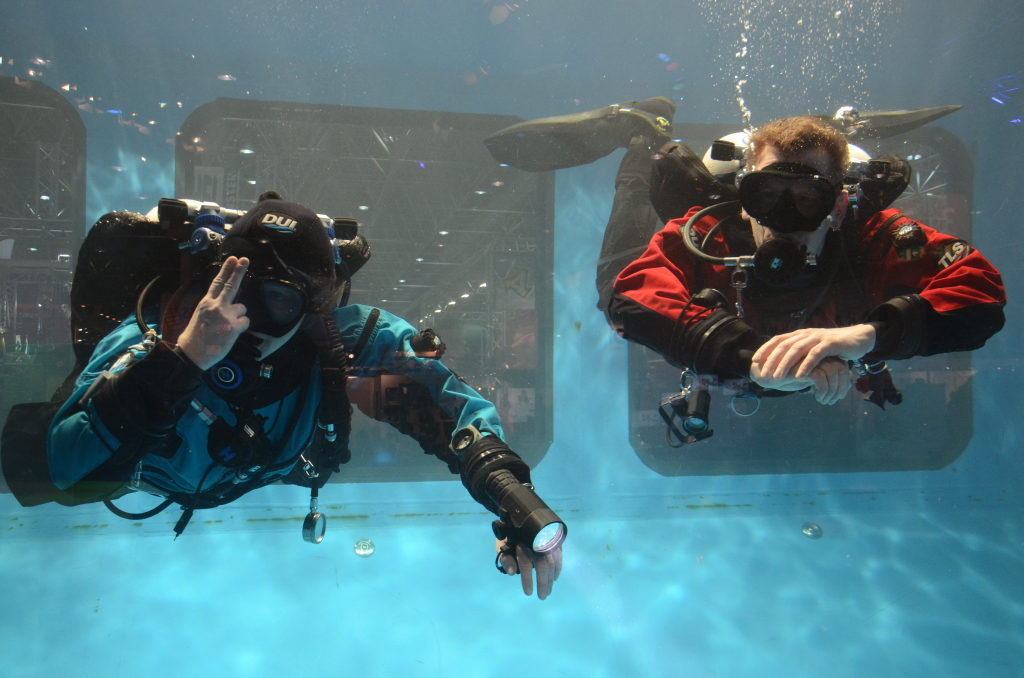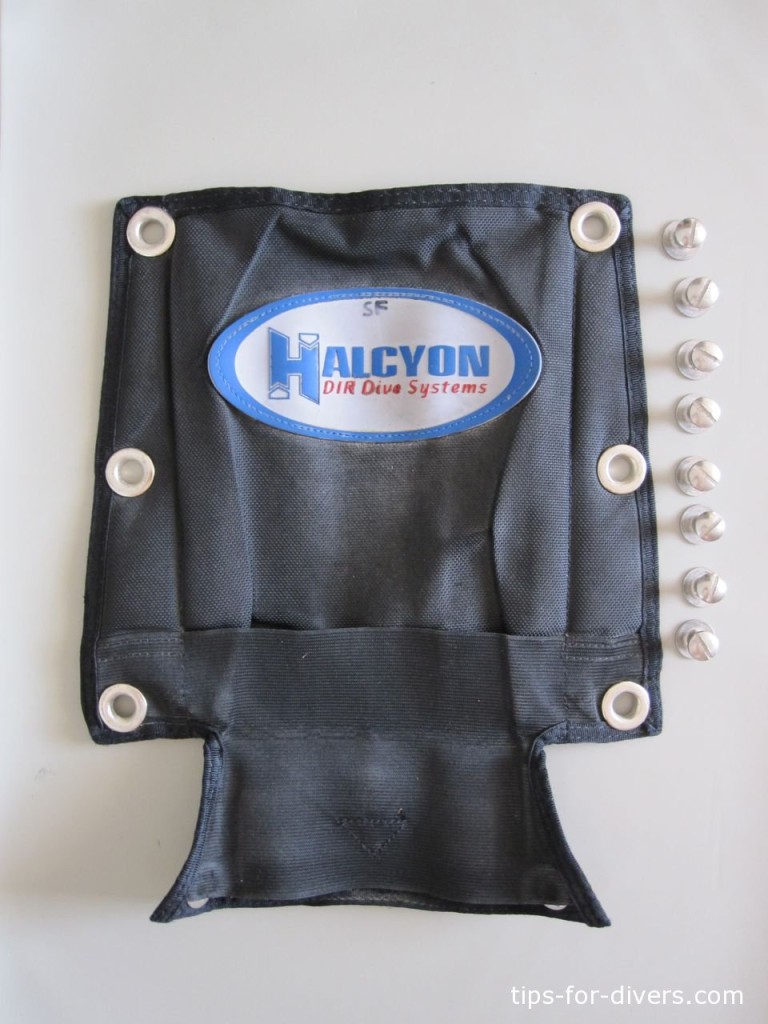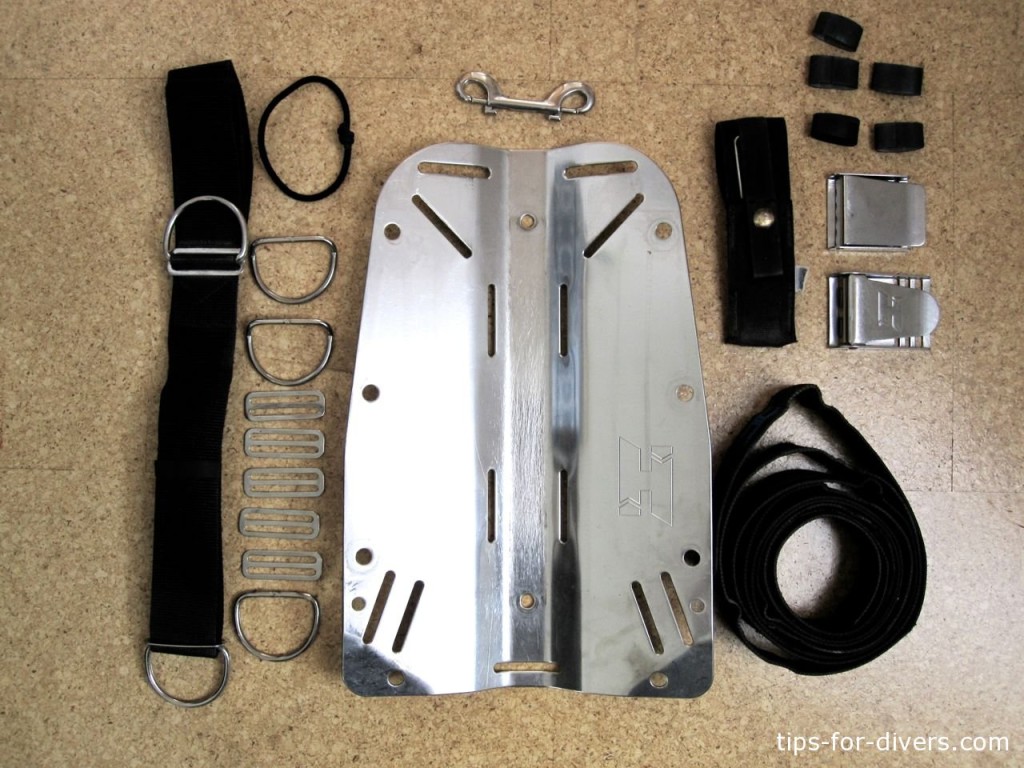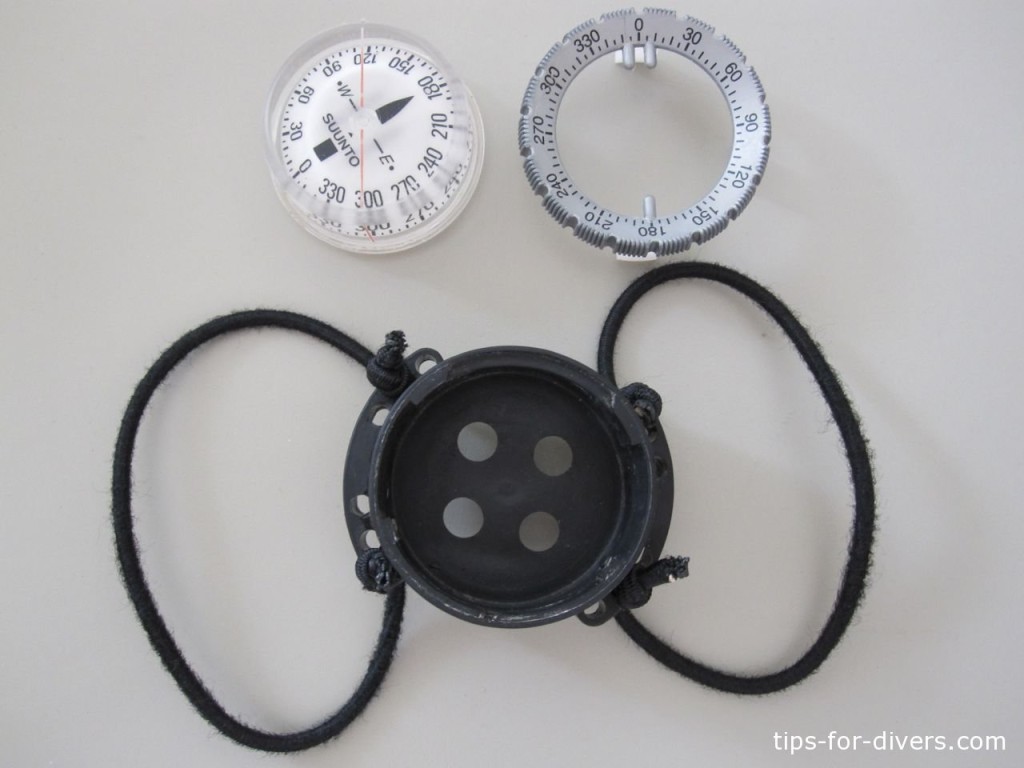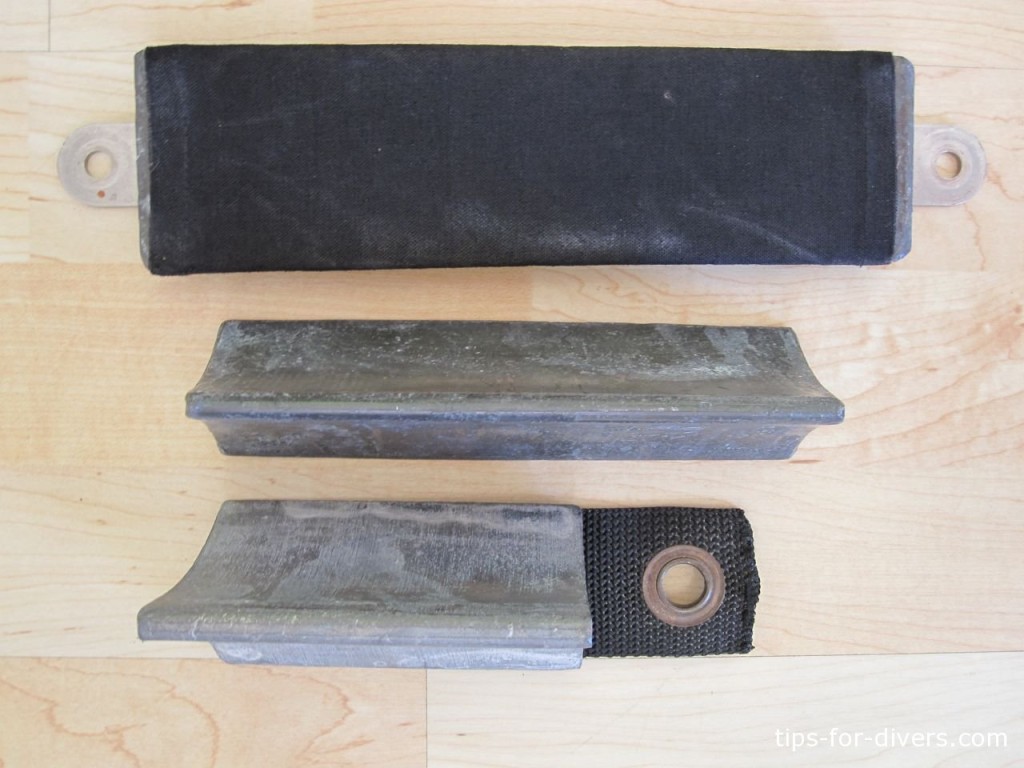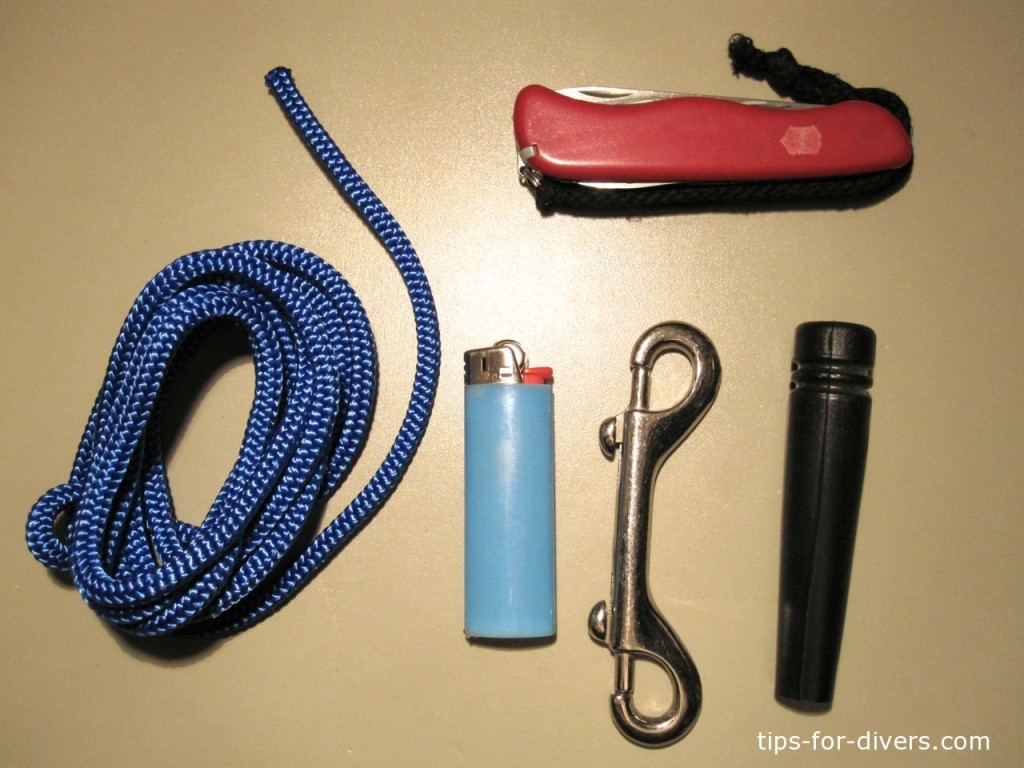In January the well known exhibition BOOT will take place in Duesseldorf, Germany. BOOT is one of the largest exhibitions about water sports world-wide.
Global Underwater Explorers will be represented with an own booth there! Instructors from all over the world will be there to answer your questions and hold a few workshops. For more information have a look at the official announcement from GUE:
Welcome to the GUE event for the BOOT show in Dusseldorf 17-25th January, 2015. We have some amazing things going on this year and we’d like to let you know what is going on.
GUE instructors are known around the world as some of the best educators available, and we’re going to let you have a taste of that experience. All through the Boot show, we will be running sessions on how to do skills. These will be 10-15 mins long, and focussed on those really important skills and knowledge that every diver needs to make them a better, safer and more comfortable diver.

